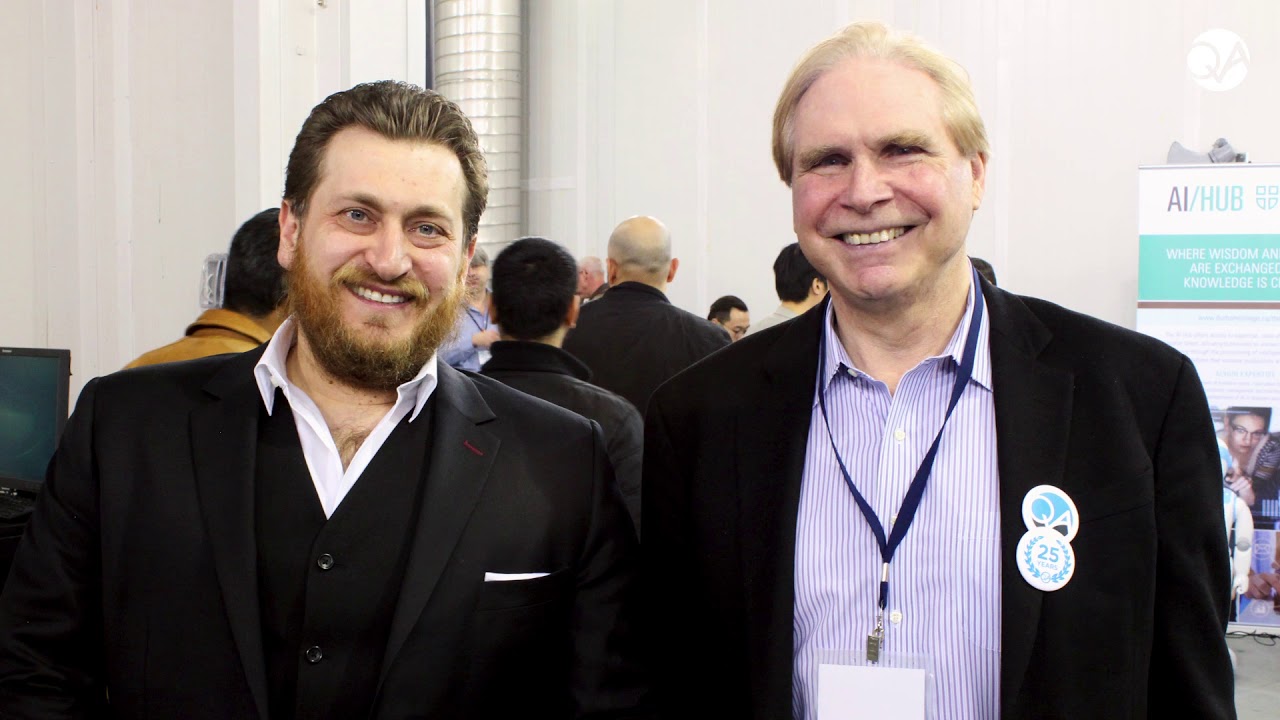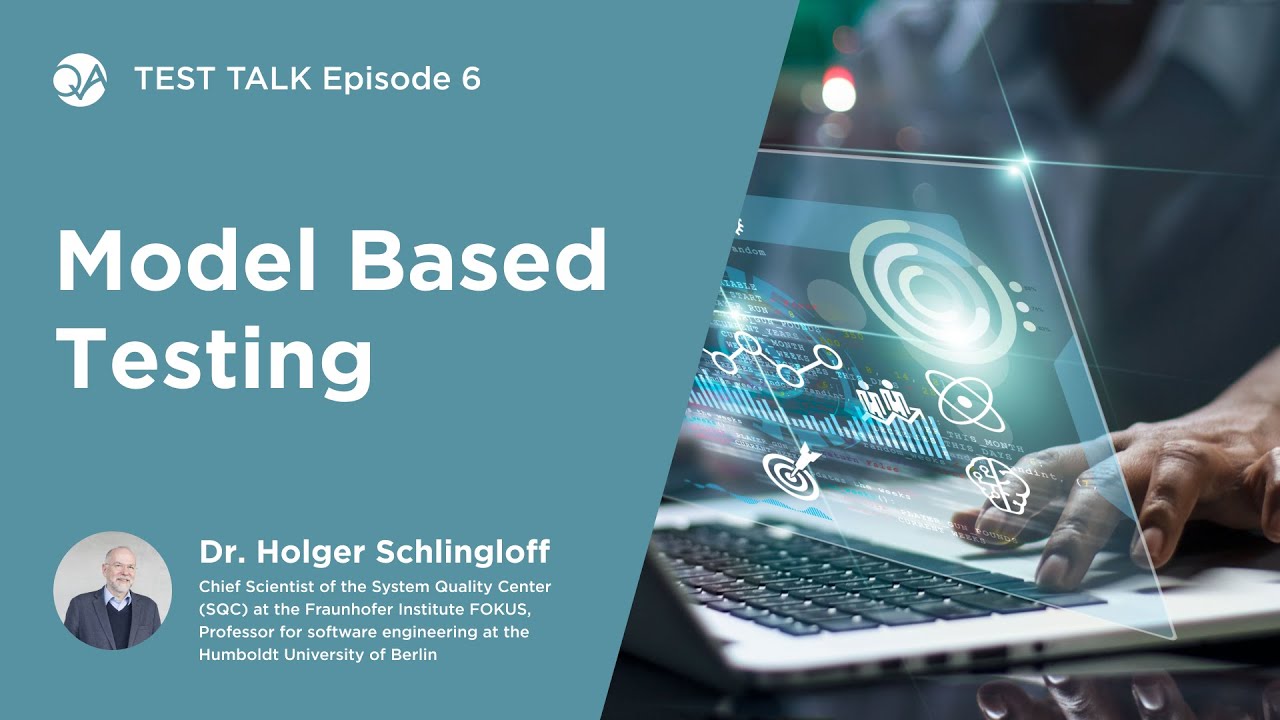Automotive System Integration Testing (SIT) FRAMEWORK
A few years ago, collision and lane change avoidance technology were primitive. Nowadays, the technology has been updated with advanced driver assistance systems (ADAS). These new systems introduced a new design and test challenges. Modern ADAS architecture combines complex sensing, processing, and algorithmic technologies into what will ultimately become the guts of autonomous vehicles. As ADAS evolve from simple collision-avoidance systems to fully autonomous vehicles, they demand sensing and computing technologies that are complex. This need creates a demand for quality assurance and testing techniques. In particular, hardware-in-the-loop (HIL) test methods have been adapted to ADAS setups, with the purpose of using real sensors to emulate ECMs and generate actuator control signals.
HIL methods verify and validate the software in the physical target ECUs. HIL test benches can provide the ECU with realistic real-time stimuli and simulated loads. Besides actual sensor data, ADAS application needs supplementary vehicle data from other ECUs, which is usually transmitted via the CAN bus. This data includes details like gear rate, acceleration, engine speed, steering angle, or GPS data. ADAS requires such information to check the plausibility of the situation analysis. The ADAS makes safety-critical interventions only if all this information is consistent. One advantage of using physical sensors in HIL testing is that there’s no need to modify the unit under test (UUT) for testing purposes. Assuring the quality of injected signals is just one of many looming challenges.
QAC is preparing for the future of automated and connected vehicles through research and testing. Advanced systems like autonomous vehicles are quickly rewriting the rules for how test and measurement equipment vendors must design instrumentation. In the past, test software was merely a mechanism to communicate a gauged result or measure voltage levels. Now, test software is the technology that allows engineers to construct increasingly complex measurement systems capable of characterizing everything from the simplest components to comprehensive autonomous vehicle simulation.
How the HardWARE-In-the-Loop automotive System integration testing framework works
The QAaR team has developed new technologies for performing automotive SIT using HIL methods. A set of components, and their relationship in a vehicle representation (meta-model), has been developed; based on that model, test cases are generated and executed. A central controller manages and monitors each component of the test bench. Said controller executes each test scenario by comparing the initial state of all components with their final state after stimulations activator component stimulation. Activators are components that impact other connected applications when changing their state. For example, changing gears from Parking to Reverse. This action might affect several components such as the Back Camera, Back Sensor, or Multimedia Volume, etc. The team also developed a different approach for detecting the current state of each component. Listeners are methods able to, through analogue, digital and CAN bus messages, identify and interpret which state, without necessarily have access to the source-code of devices or drivers. This Blackbox-HIL-SIT approach has advantages, described below.
- Independent of infotainment operating System architecture and versions (independent of AGL, QNX or any other OS)
- Automotive HIL test framework focused on system integration testing across vehicle architecture pillars (infotainment, instrument cluster, heads-up display, telematics, and AUTOSAR)
- Verification of all devices and components, part of the automotive ecosystem and test scenario being validated, ensuring they work together properly
- Connectivity testing for head units, IoT components, and devices in a vehicle
- An automated process to prioritize automotive test cases according to ISO 26262 guidelines, based on ASIL levels, and focus on high-risk test execution scenarios
- Easy to edit and maintain test case adaptability while adding components and creating new listeners for specific products and vehicles
Our partners:
ACE: Automotive Centre of Excellence
Situated in Oshawa, Ontario, ACE is a world-class climactic tunnel facility. QAC has taken residence on the fifth floor and named that space the QAC Software Test Bay.
The QAC Software Test Bay tests:
- Vehicle operating systems, connectivity and interfaces with ADAS ECUs instrumentation and infotainment clusters
- Mobility Device Compatibility Testing
- Model-Based Testing
- Reusable lab for third-party validation of new infotainment options, and interoperability testing
- Comprehensive coverage of the rapidly growing requirements for infotainment cluster testing
Fraunhofer FOKUS
FOKUS was founded in 1988 as a research establishment for Open Communication Systems and an institute of the former “Gesellschaft für Mathematik und Datenverarbeitung GmbH” (GMD, Society for Mathematics and Data Processing). Since the merger of GMD with Fraunhofer in July 2001, FOKUS has been an institute of the Fraunhofer Society. In 2012, the three ICT institutes FOKUS, FIRST and ISST Berlin were brought together under the name of Fraunhofer FOKUS.
QA Consultants had the honour of hosting Professor Dr Holger Schlingloff, who is the Chief Scientist of the System Quality Center (SQC) at the Fraunhofer Institute FOKUS and professor for software engineering at the Humboldt University of Berlin.
Dr Schlingloff discussed Model-Based Testing over a three-day seminar.
Ontario Tech University
Ontario Tech University houses ACE in the North campus building. OTU has been an incredible partner for QA Consultants. “This partnership between Ontario Tech University and QAC brings together world leaders in automotive software technology from both academia and industry. In particular, the union combines state-of-the-art environmental testing and the ACE Climatic Wind Tunnel. Our researchers at Ontario Tech are delighted to be working alongside the experts at QAC. Specifically, the team will find new ways to develop, test and validate the advanced software and physical systems. Such systems are essential to the future of the automobile and to the success of auto manufacturers from around the world.” Don Toporowski P.Eng., ACE General Manager
National Research Council of Canada
In the on-going effort to maintain QA Consultants’ status as a leader in research and innovation, and with the continuing support of the National Research Council of Canada, QA Consultants founded, developed and built a large facility in Toronto devoted solely to testing. The Test Factory™ is a continuous quality test lab incorporating a precise combination of intelligence applied to advanced levels of automation.
Ontario Centres of Excellence
Raed Kadri, Director of Automotive Technology and Mobility Innovation of Ontario Centres of Excellence, sat down with Peter Watkins, COO of QA Consultants, to discuss the exciting future of testing connected vehicles in Ontario with ACE Climatic Wind Tunnel in the QA Consultants Software Test Lab.


